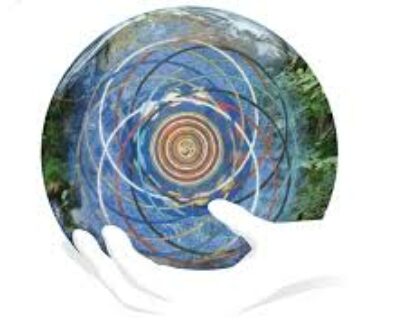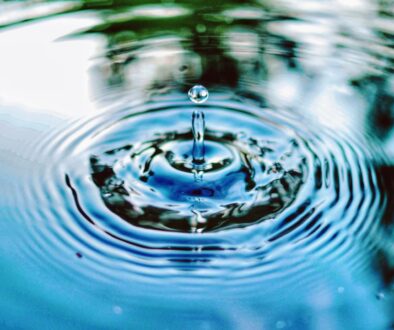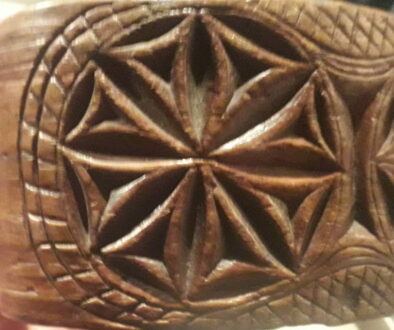Celebrating Biocultural Diversity
Catalonia20 May 2020
May 21 and 22 are the dates the UN has chosen to celebrate cultural diversity and biological diversity, respectively. Diversity is an essential attribute of life to its full extent, and a key factor in its resilience to adversity and change.
One of the most characteristic features of modern Western civilization, since the seventeenth century, has been to encourage the separation of culture from nature, by creating a fictitious mental universe that has led to separate languages, organizations and legislation for nature and culture. This makes it extremely difficult to understand the interrelationships, such as the correlation between cultural and natural diversity, as has been demonstrated globally. Therefore, it would be preferable to celebrate biocultural diversity, as Terralingua and other organisations have been proposing.
However, this split is not universal: it corresponds to the Modernity and there are many cultures in the world that do not make the same distinction. Looking at our own Western culture, the boundaries between the natural and the cultural are not as clear as they might seem at first: just think about the amount of (cultural) meanings we attribute to natural elements and phenomena, or how some biophysical characteristics influence cultural traits. An example of biocultural diversity is the extraordinary diversity of agricultural varieties and livestock breeds that have resulted from a process of domestication and human selection, inextricably linked to a set of knowledge, practices and beliefs they have developed genetic diversity, to enhance its most useful, interesting or beautiful features. The beauty component is evident not only in ornamental plants but also in many animal breeds. Another well-known example is Mediterranean cuisine, the result of the interaction between rich cultures and agrodiversity developed over the centuries.
We are symbolic beings born of Nature. This extraordinary human faculty must not lead us to segregate ourselves from it, but to understand and contribute to enrich the reality we form. As David Abram says: ecologically speaking, it is not our verbal statements that are “true” or “false,” but the kind of relationships we maintain with the rest of nature. A human community that lives in a mutually beneficial relationship with nature, lives in truth. On the contrary, the statements and beliefs that encourage violence towards the Earth, the techniques that allow to deteriorate or ruin the surrounding beings, that promote uniformity, are false, because they foster an unsustainable relationship with Mother Earth that sustains and nourishes us. A civilization that relentlessly destroys natural and cultural diversity does not know the truth, no matter how many contrasting facts it has accumulated about the measurable properties of the world. We must understand that only in the unity of everything lies the essence of what it is, and therefore the possibility of life itself, and that this unity is not uniformity but made of an interindependent multiplicity, as Raimon Panikkar said.
From the Silene Association we claim today the concept of biocultural diversity not only because it expresses a holistic idea of the diversity of life in nature and culture, but because we believe it helps to better understand that encompasses interrelated and interdependent dimensions of the marvelous web of life. Therefore, the applications of this concept can be diverse and significant, from biocultural approaches to conservation, to political instruments to protect biocultural rights, or initiatives to sustain and revitalize the biocultural heritage of the most vulnerable communities and peoples in the world.
In our documentation center you can find several publications based on the concept of biocultural diversity.




